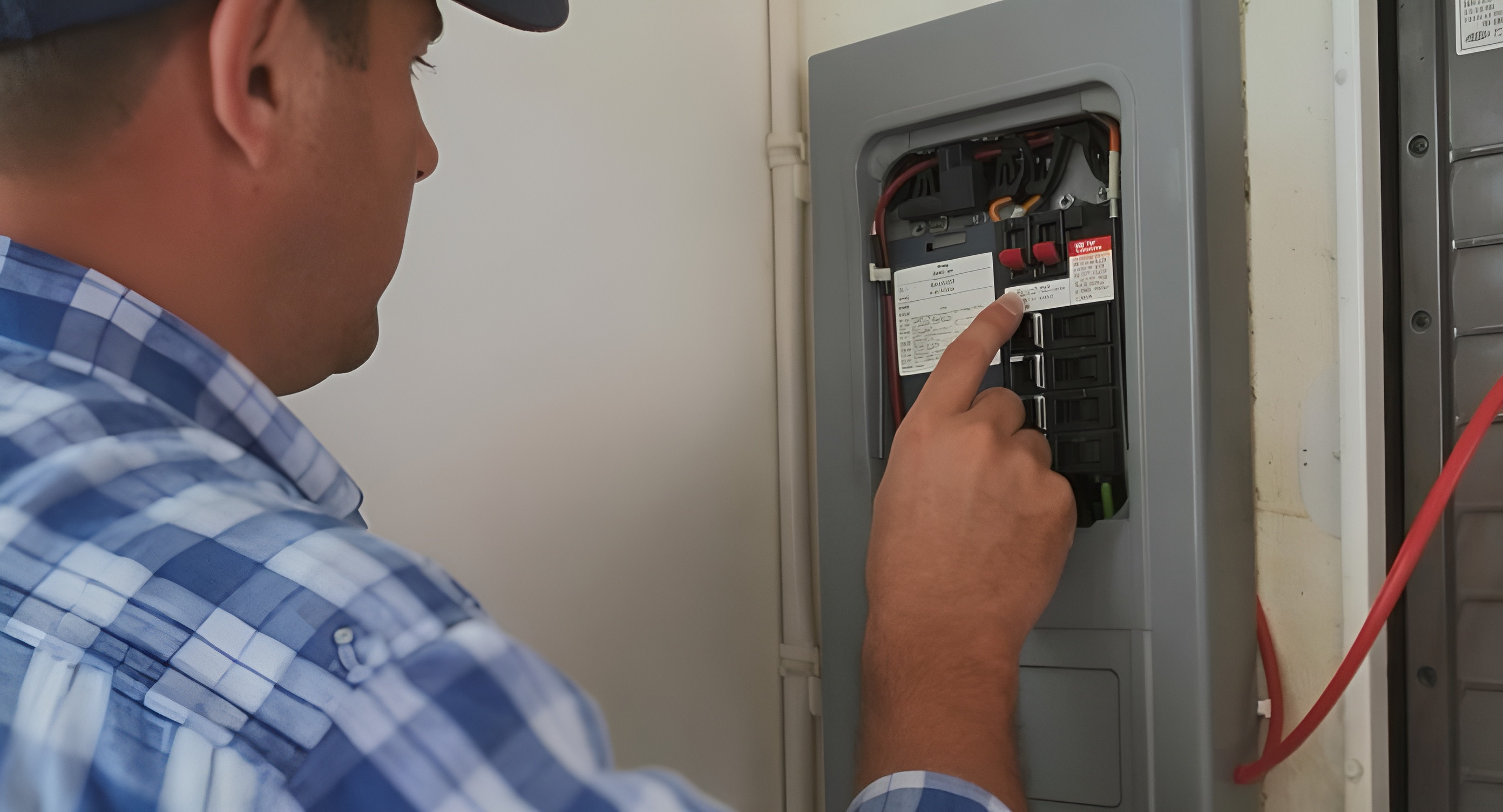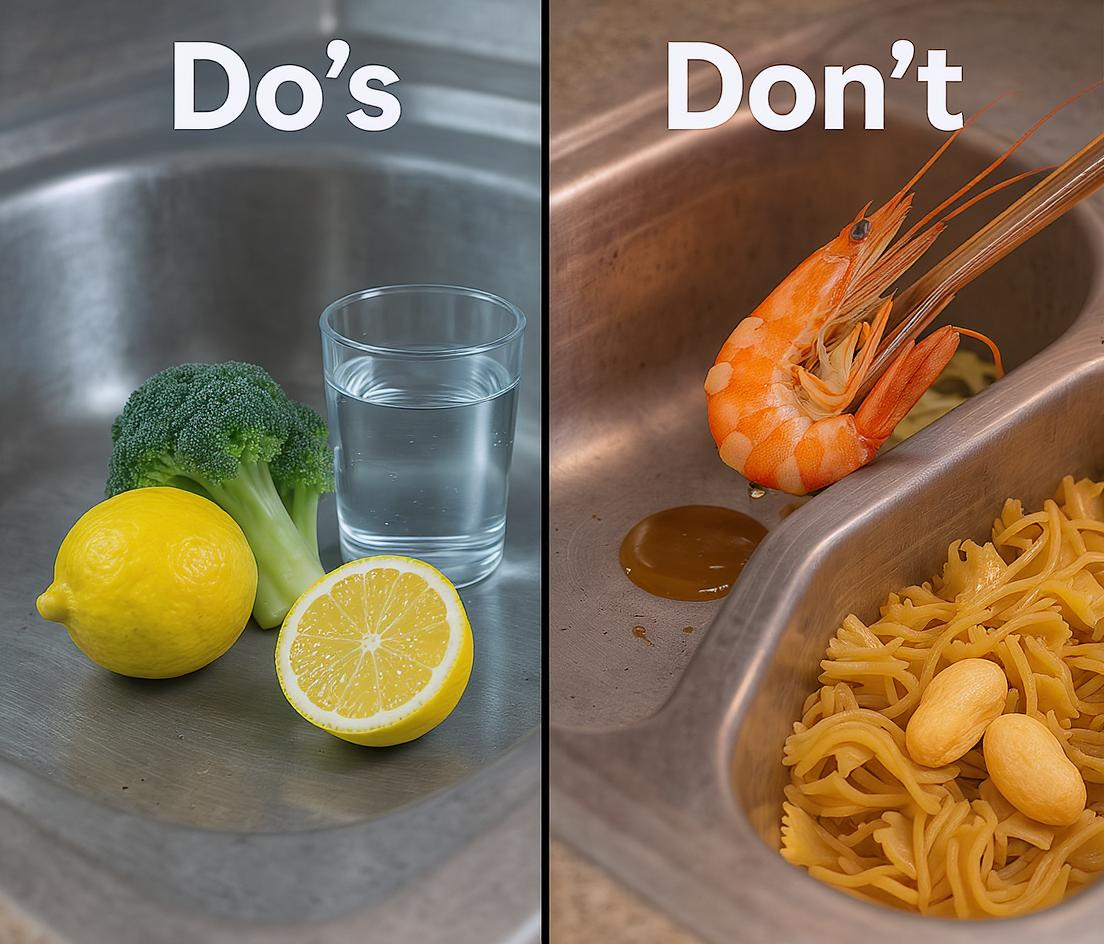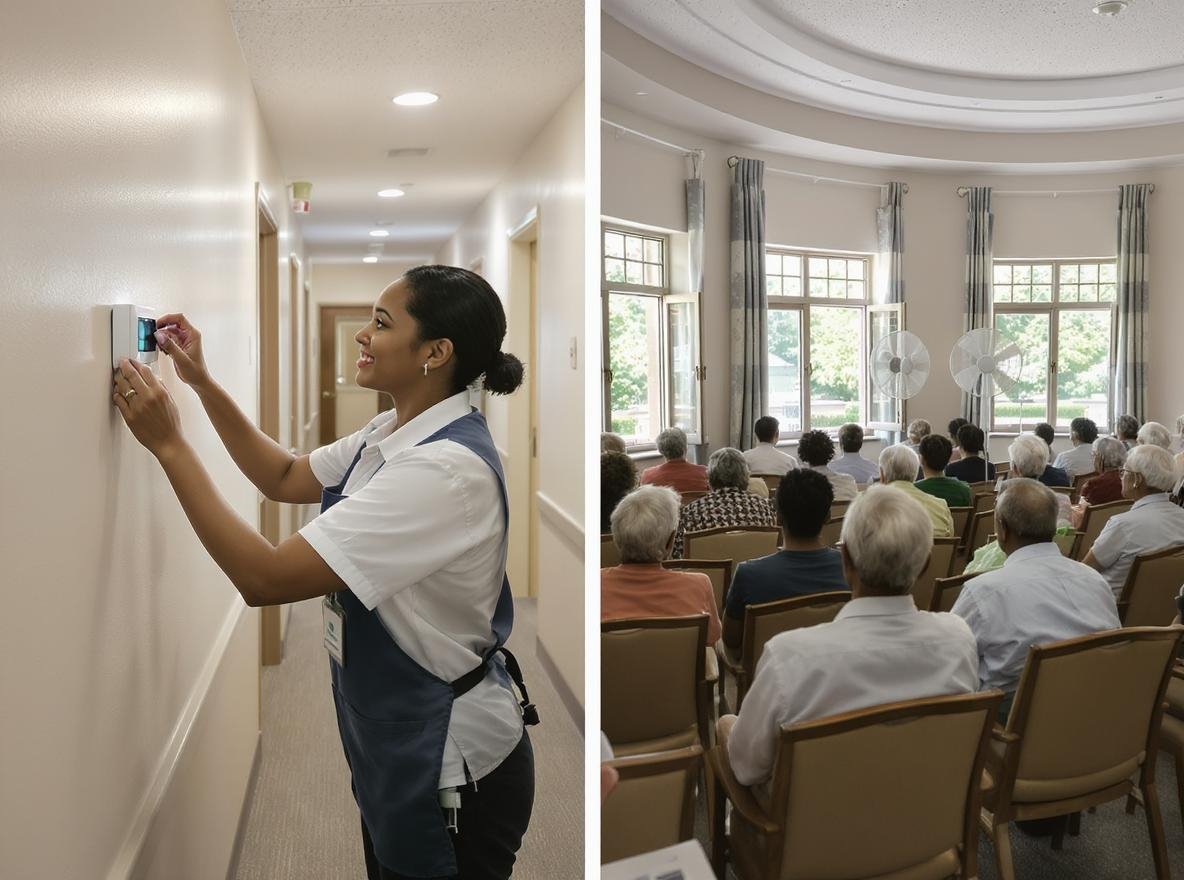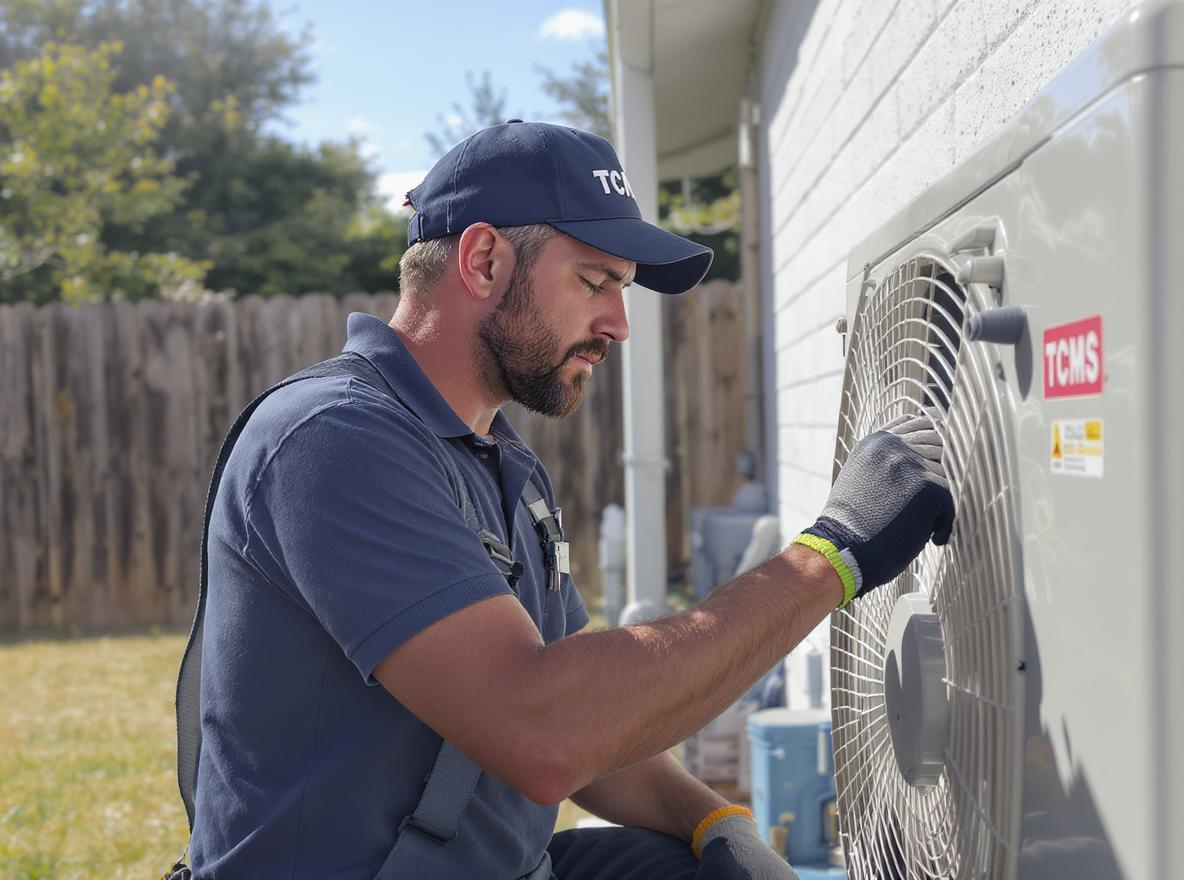Indoor heating is the largest energy expense in a commercial building, accounting for almost two-thirds of annual energy bills in colder areas of the country. Heating systems in the United States emit a billion tons of carbon dioxide (CO2) and about 12% of the sulfur dioxide and nitrogen oxides emitted by the nation. Reducing energy use through regular heating system maintenance is the single most effective way to reduce your building's contribution to global environmental problems.
Conservation efforts and a new high-efficiency heating system can often cut your pollution output and fuel bills in half. Upgrading your furnace or boiler from an AFUE (annual fuel utilization efficiency) of 56% to 90% in an average cold-climate building will save 1.5 tons of CO2 emissions if you heat with gas or 2.5 tons if you heat with oil and will cut your heating bill by almost 40%.
If your furnace or boiler is old, worn out, inefficient, or significantly oversized, the simplest solution is to replace it with a modern high-efficiency model. Old coal burners that were switched over to oil or gas are prime candidates for replacement, as well as gas furnaces without electronic (pilotless) ignition.
About Furnace/Boiler Efficiency
A central furnace or boiler's efficiency is measured by annual fuel utilization efficiency (AFUE). AFUE is a measure of how efficient the appliance is in using fossil fuel (gas or oil) or electricity (for an electric furnace) over a typical year of use.
An all-electric furnace or boiler has no flue loss through a chimney. The AFUE rating for an all-electric furnace or boiler is between 95% and 100%. The lower values are for units installed outdoors because they have greater jacket heat loss.
The efficiency of manufactured furnaces is governed by the National Appliance Energy Conservation Act of 1987 and regulated by the U.S. Department of Energy.
The minimum allowed AFUE rating for a non condensing, fossil-fueled, warm-air furnace is 78%; the rating for a fossil-fueled boiler is 80%; and the rating for a gas-fueled steam boiler is 75%. A condensing furnace or boiler condenses the water vapor produced in the combustion process and captures the heat released from this condensation.
The AFUE rating for a condensing unit can be much higher (by more than 10 percentage points) than a non condensing furnace. Although a condensing unit costs more than a non condensing unit, the condensing unit can save you money in fuel costs over the 15 to 20-year life of the unit.
Tips for Buying a New Furnace/Boiler
If you live in a cold climate, it usually makes sense to invest in the highest efficiency system available. In milder climates with lower annual heating costs, the extra investment required to go from 80% to 90%-95% efficiency may be hard to justify.
When shopping for high-efficiency furnaces and boilers, look for dependability. Buy a system with a good warranty and a reputable company to back it up.
When buying gas and oil systems, specify sealed combustion. Sealed-combustion appliances bring outside air directly into the burner and exhaust flue gasses (combustion products) directly to the outside, without the need for a draft hood or damper. They generally burn more efficiently and pose no risk of introducing dangerous combustion gasses into your house.
With non sealed-combustion appliances, back-drafting of combustion gasses can be a big problem, especially in tightly-sealed modern homes.
Tips for Lowering Your Furnace/Boiler's Energy Usage
1. Set your thermostat as low as is comfortable
Keep the temperature fairly constant, as frequent changes will utilize more energy by causing unnecessary cycling on and off. Setting back the temperature at night, however, is recommended.
2. Clean or replace furnace filters once a month or as needed
Oil-fired boilers should be professionally cleaned and tuned once a year as part of your annual heating system maintenance. Gas-fired equipment needs to be checked every other year.
3. Use ventilating fans wisely
Turn these fans off as soon as they are no longer needed. In about 1 hour, these fans can pull out a house-full of warmed or cooled air. They can also pull dangerous furnace combustion gasses into the house in some situations.
4. Check your ducts for air leaks
First look for sections that should be joined but have separated and then look for obvious holes.
Do not use duct tape to repair leaky ducts. Standard duct tape has been shown unreliable in sealing duct leaks. Various mastics or non-cloth-backed tapes are preferable.
Commercial HVAC/R System Upgrades
Whether you’re designing a new system or looking to protect your existing HVAC-R equipment, finding the right heating system maintenance provider will ensure that your system operates at peak performance while extending the lifespan of your equipment and reducing emergency service calls.
TCMS provides businesses across the state of Virginia with industry-leading interior facility maintenance services. Contact us today for all your HVAC maintenance needs.

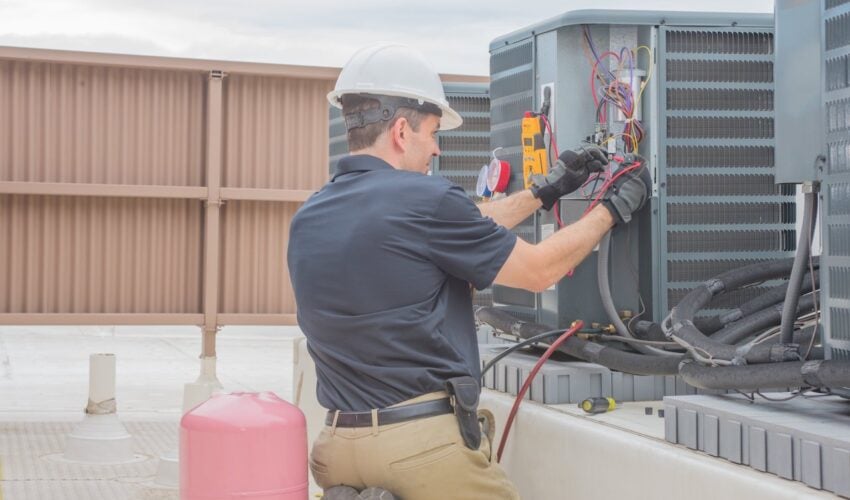

.png)
